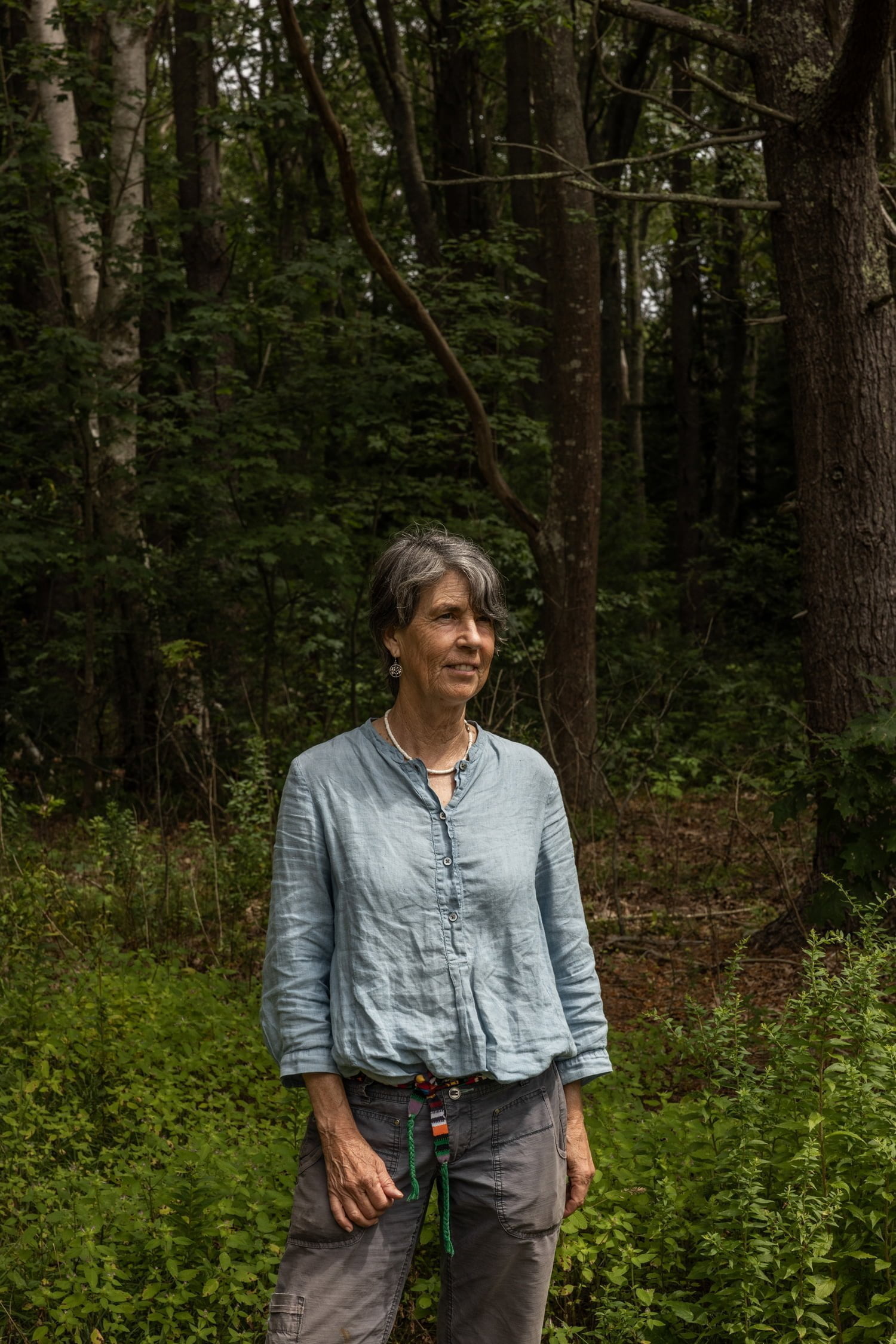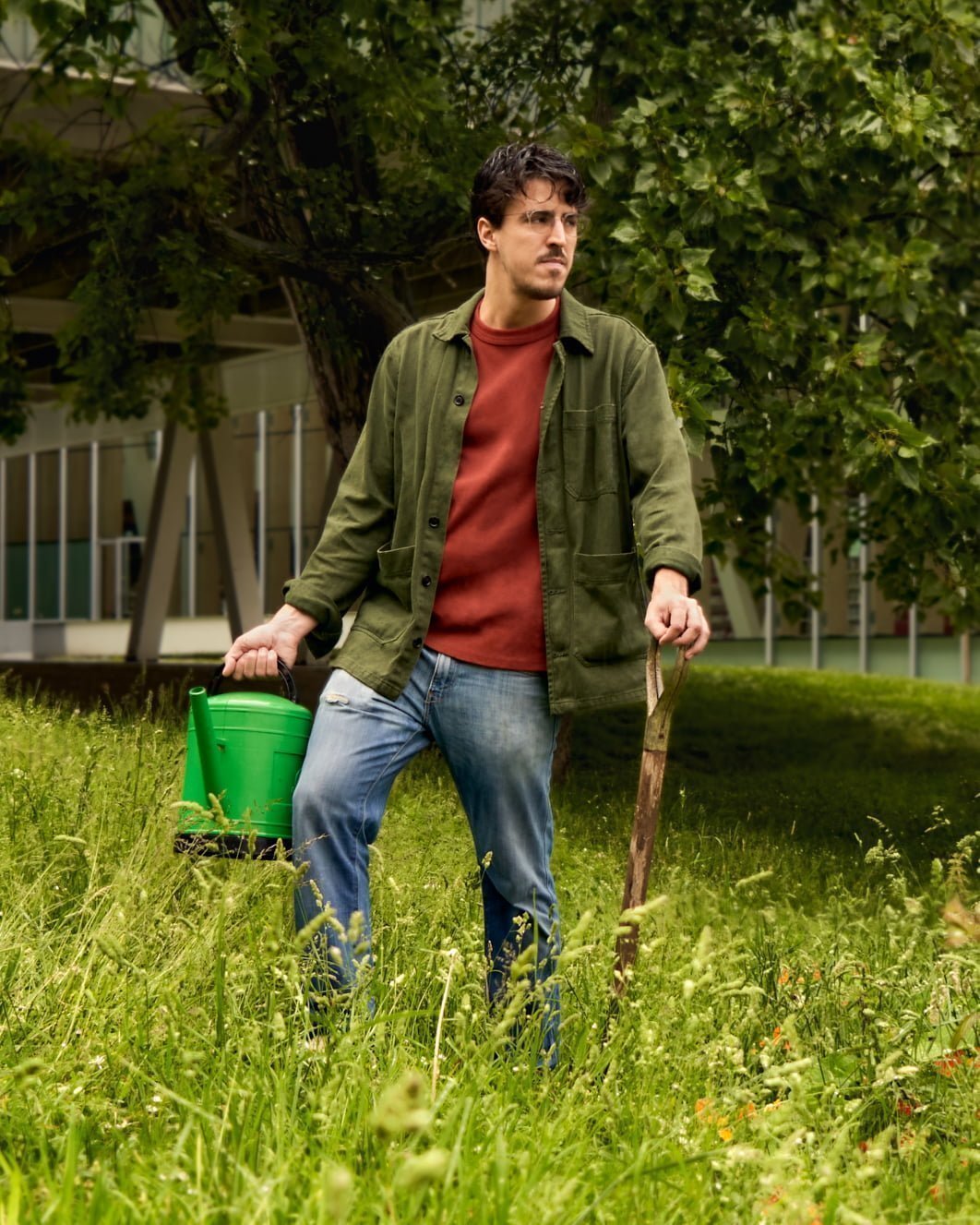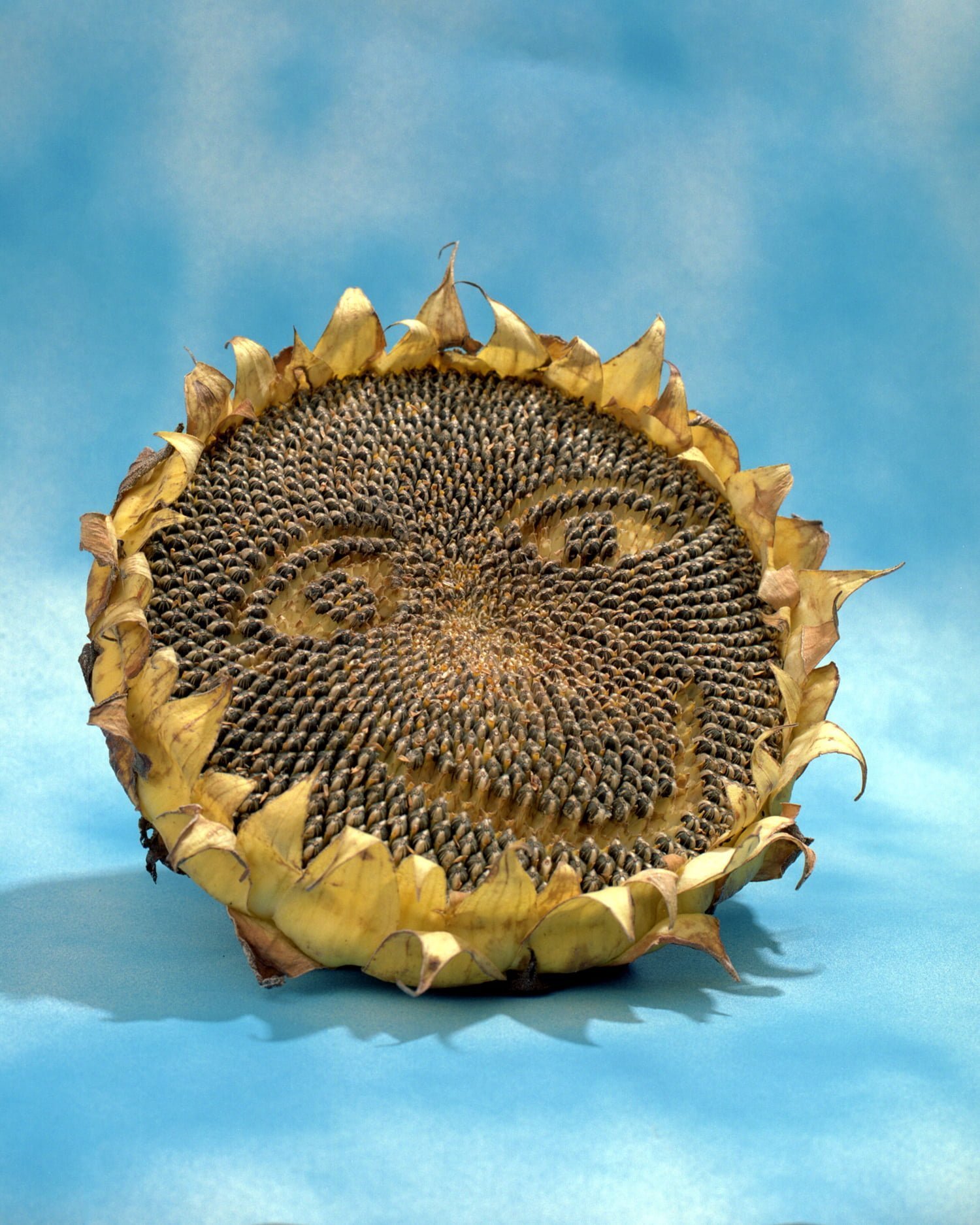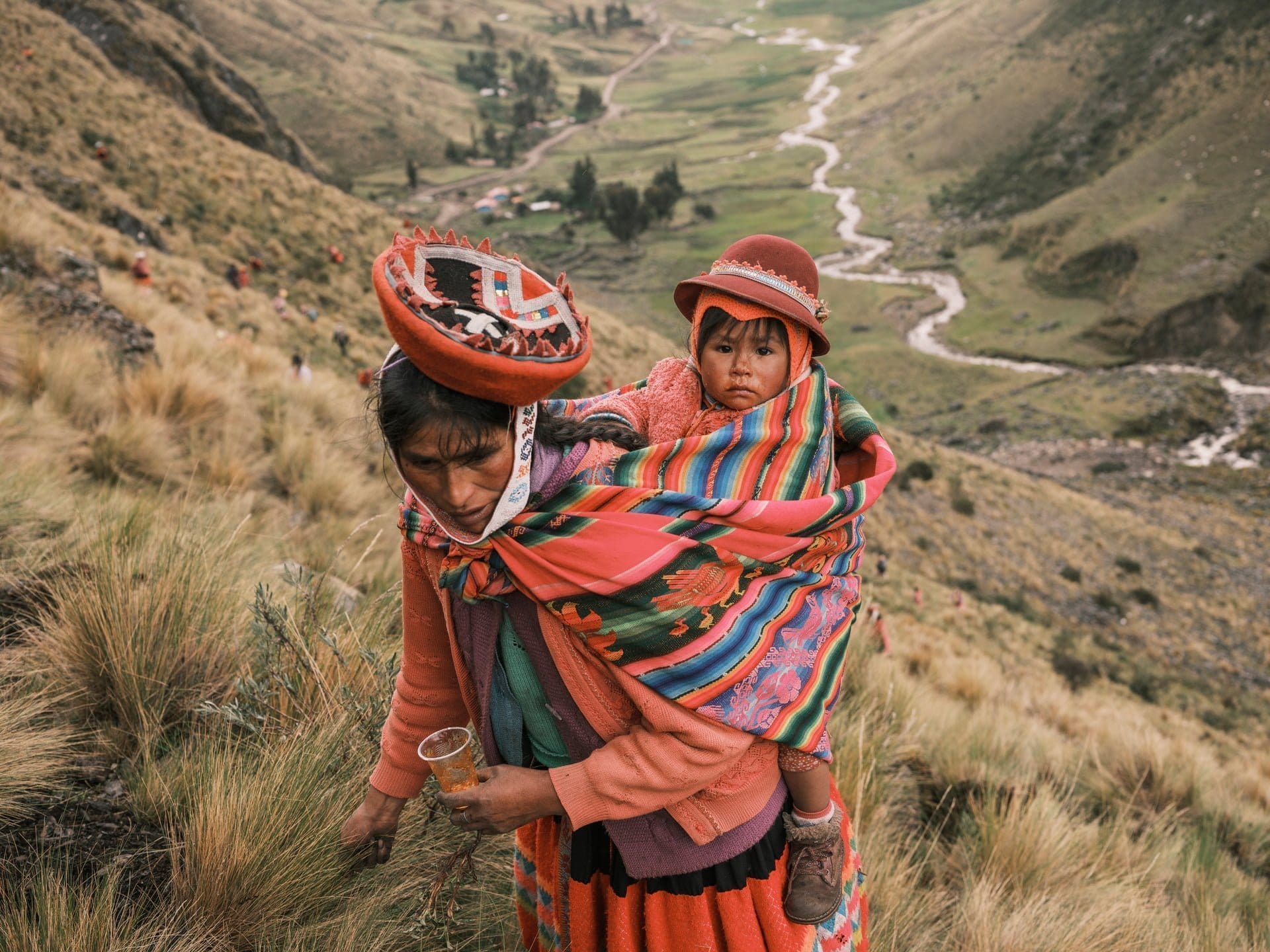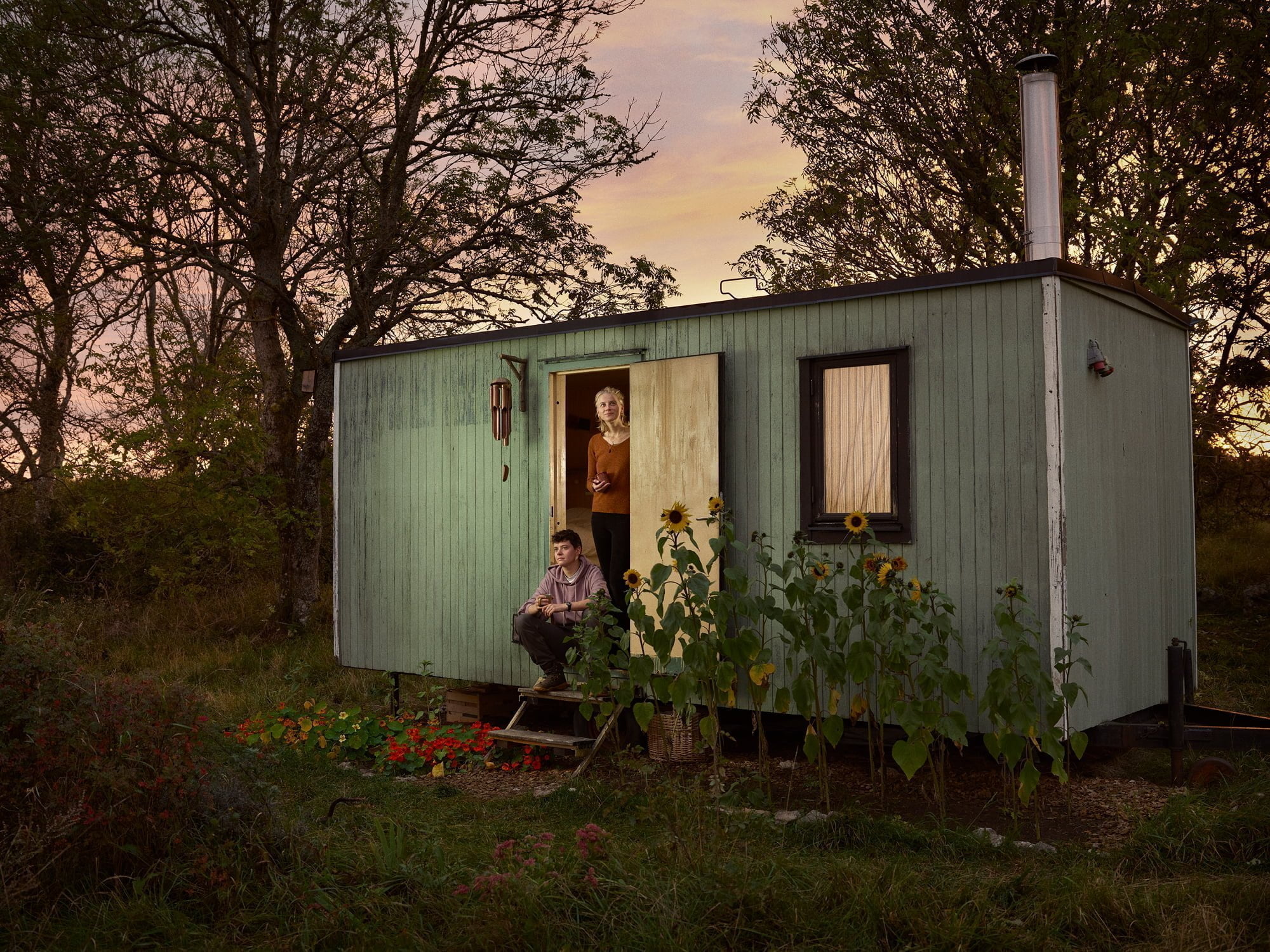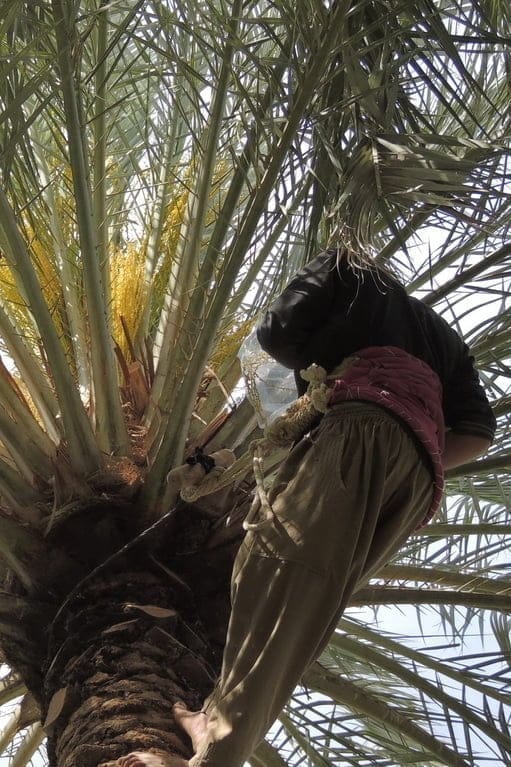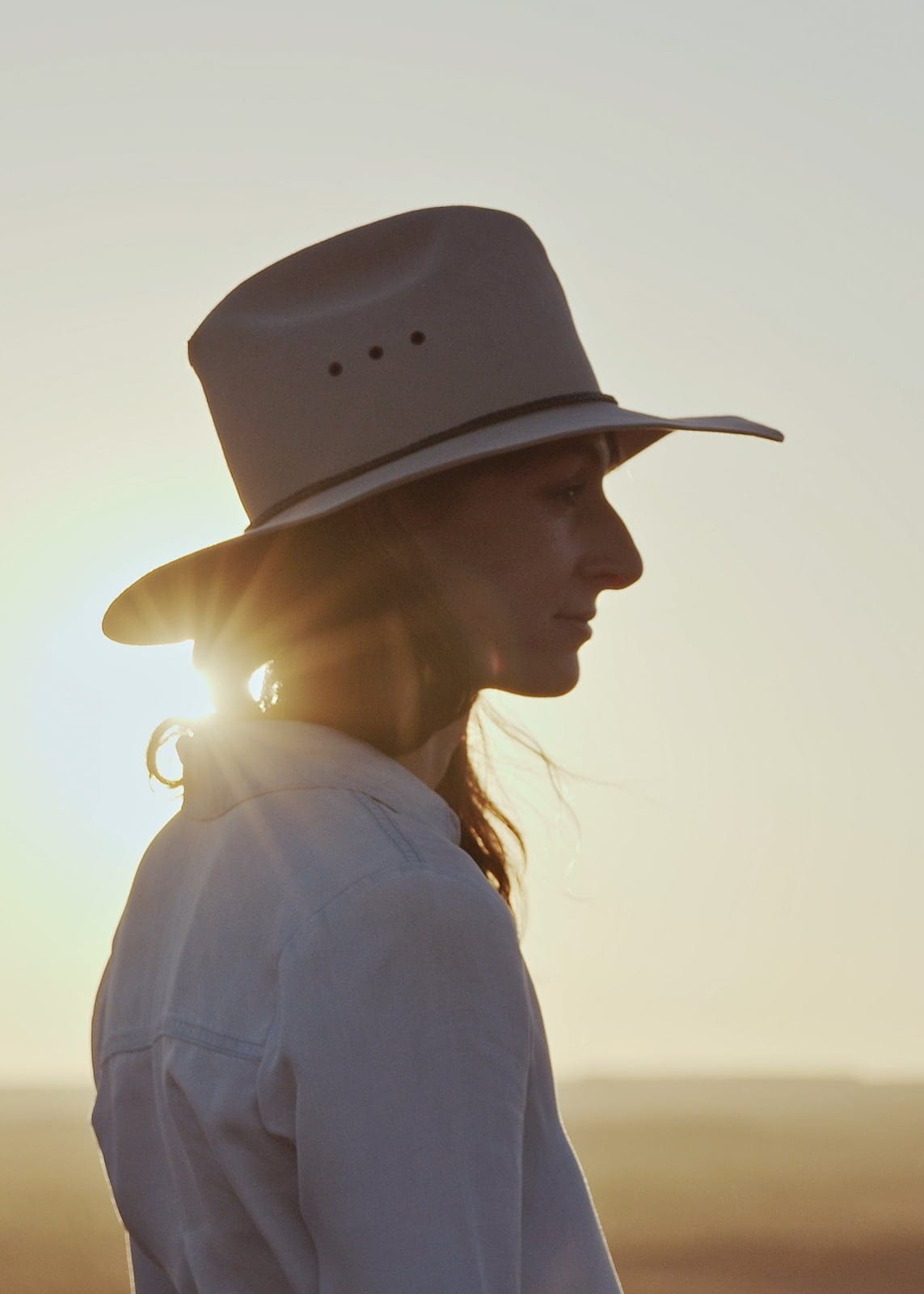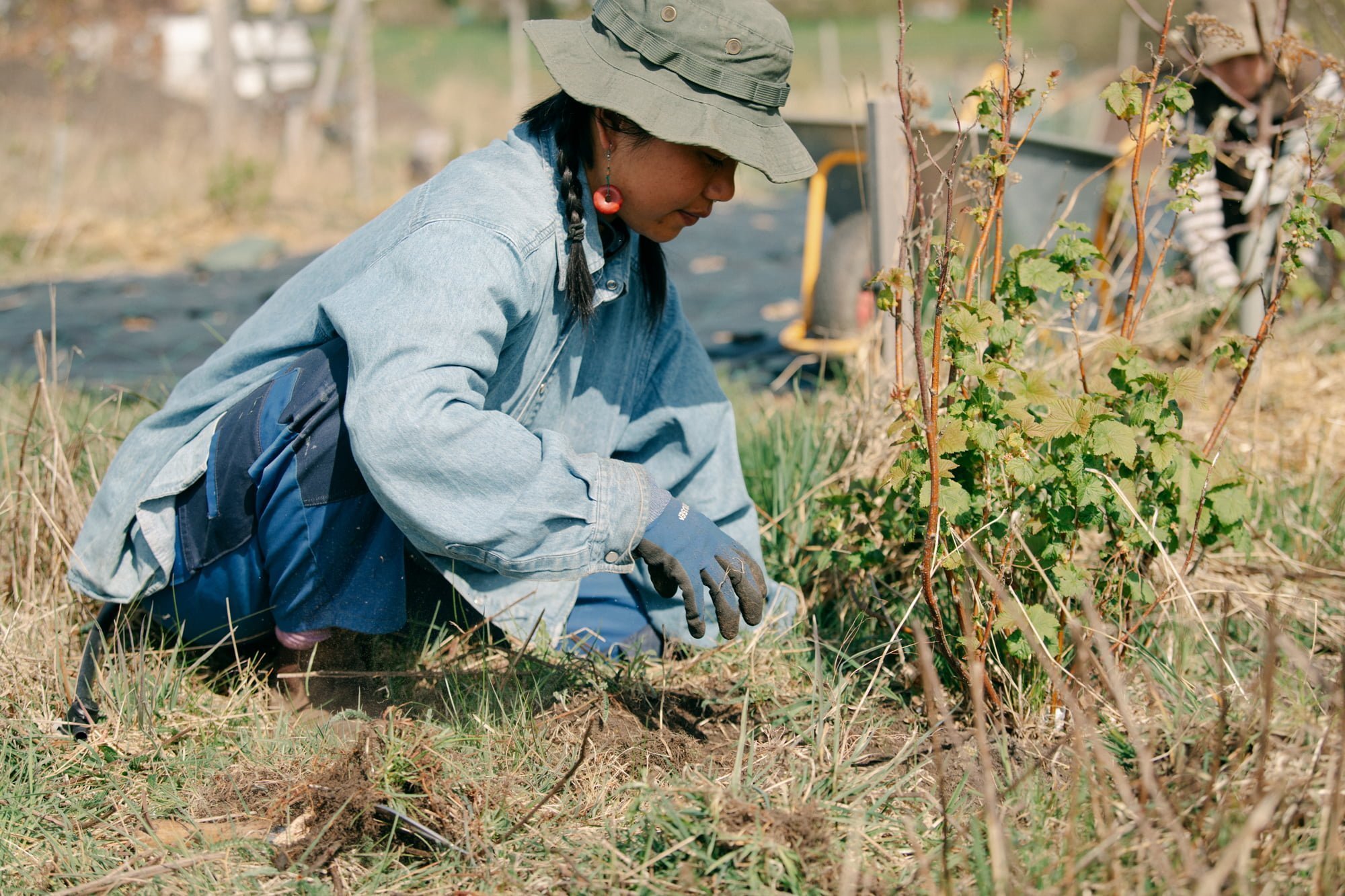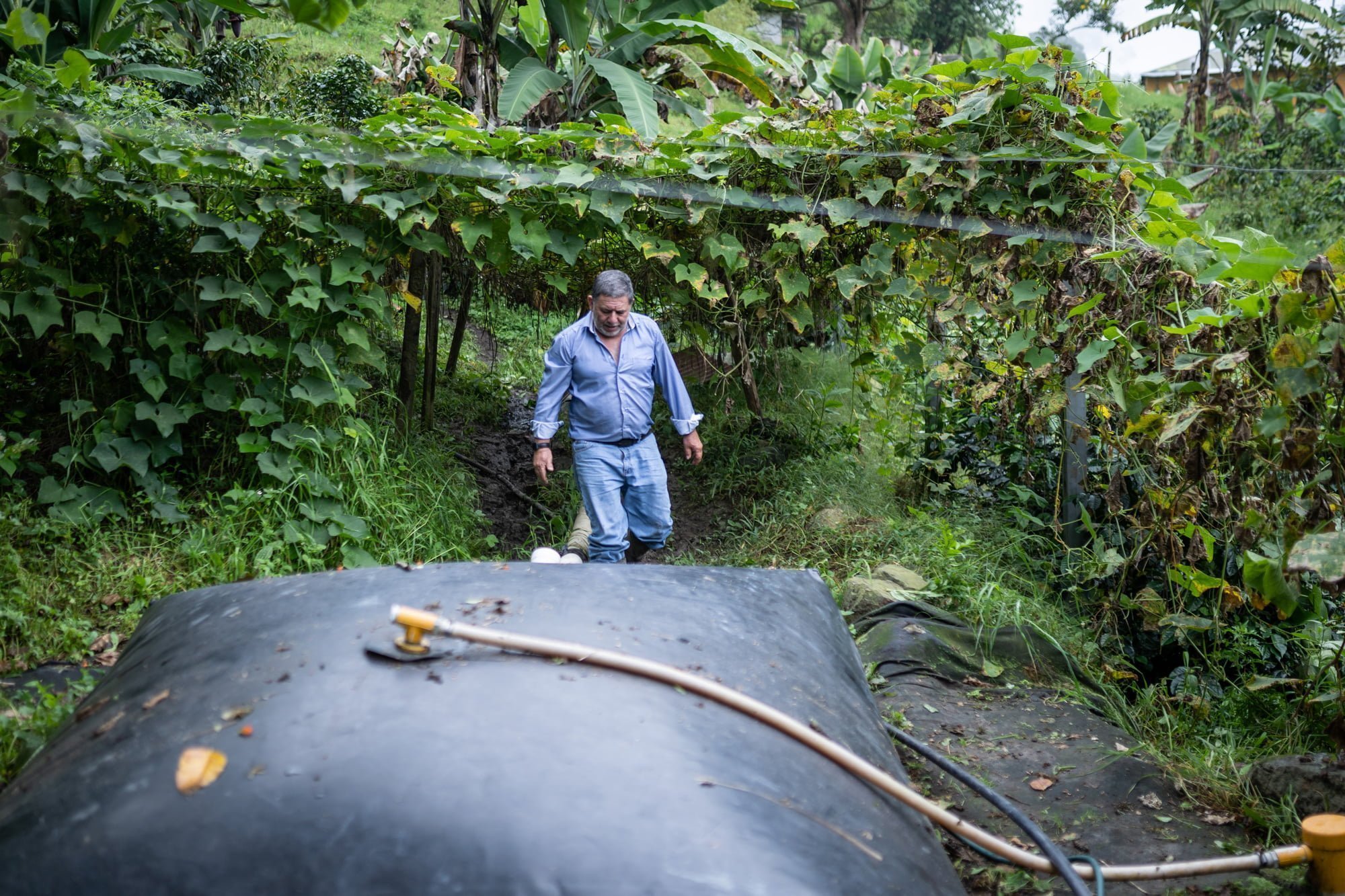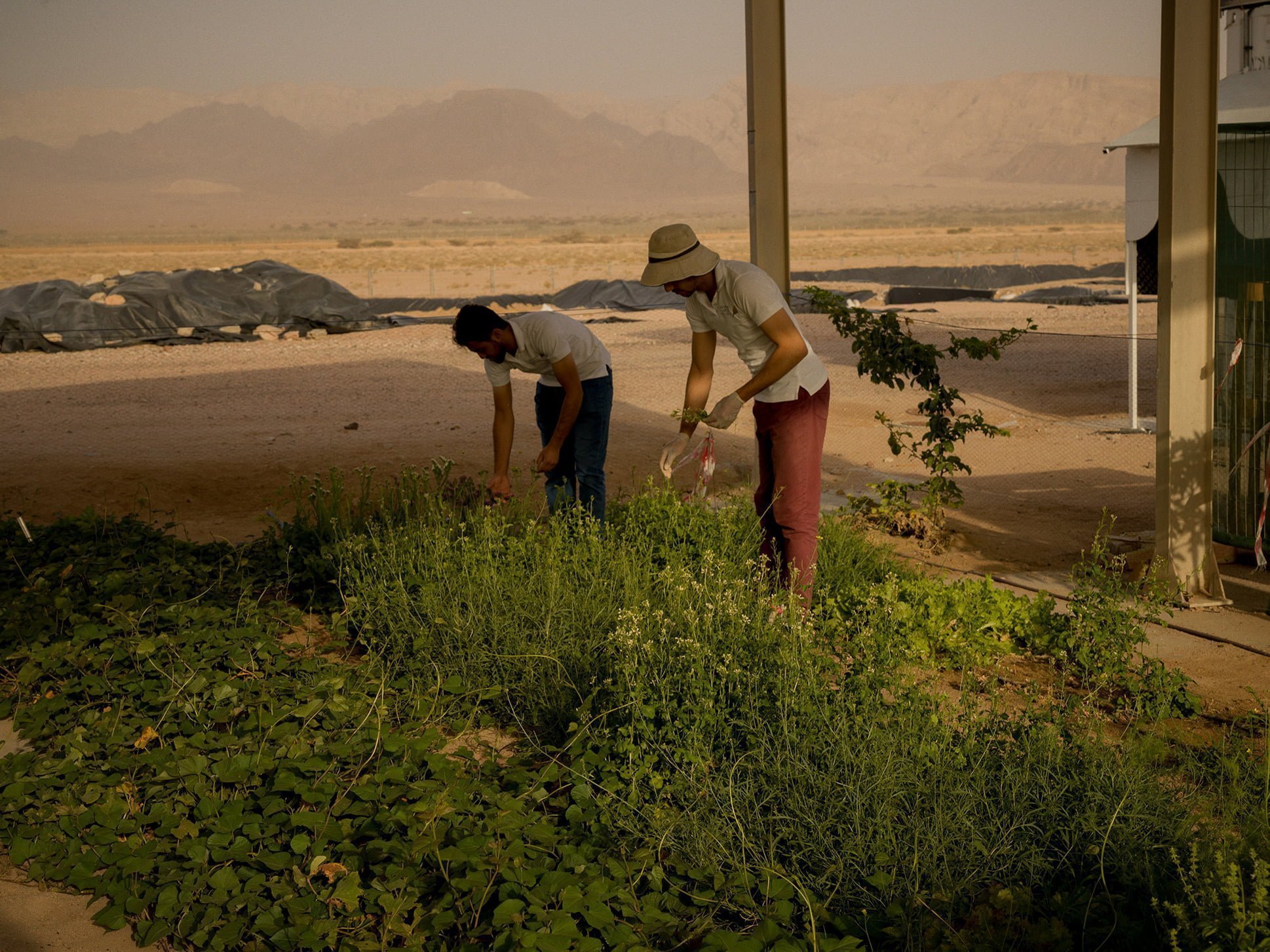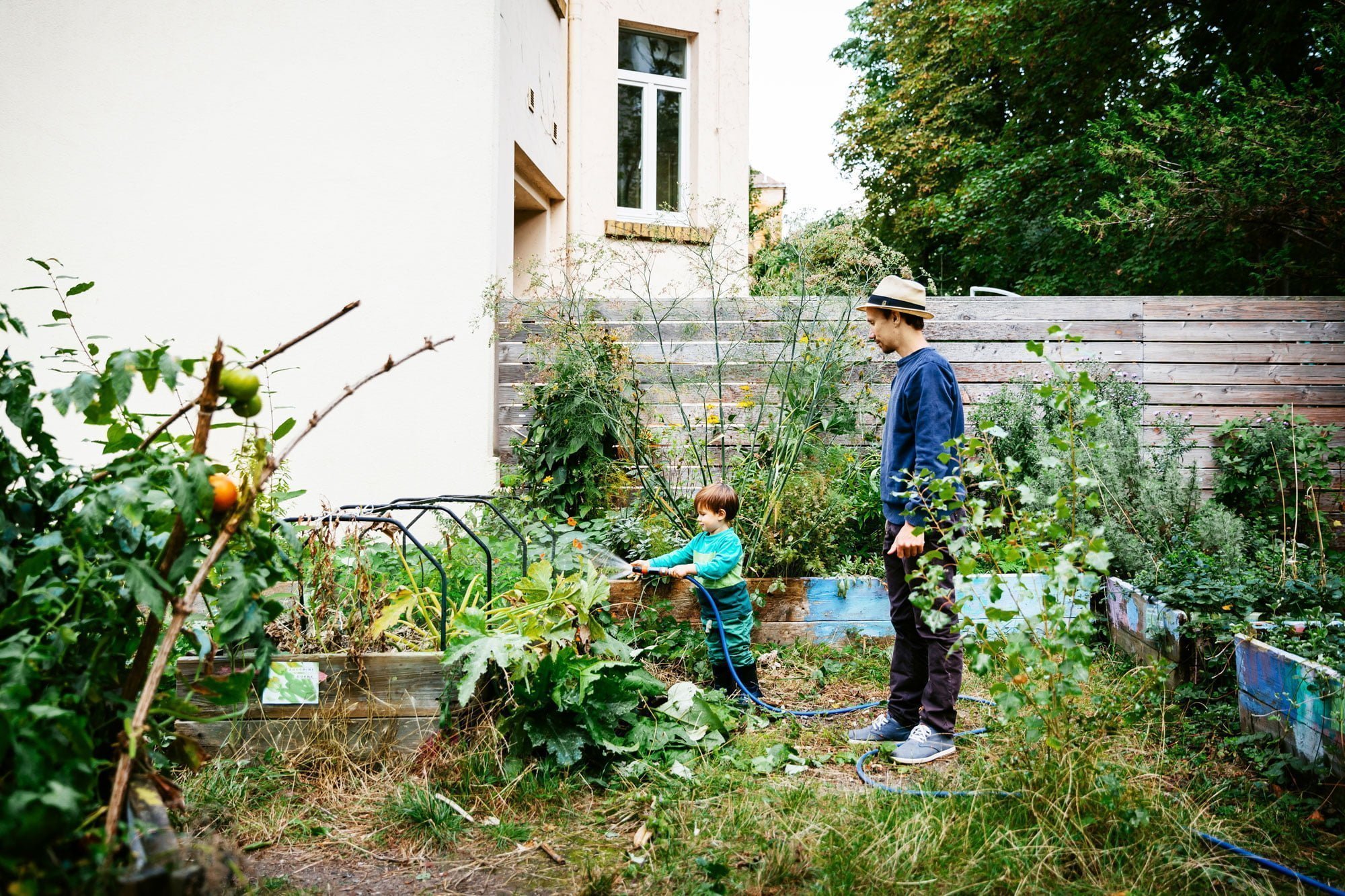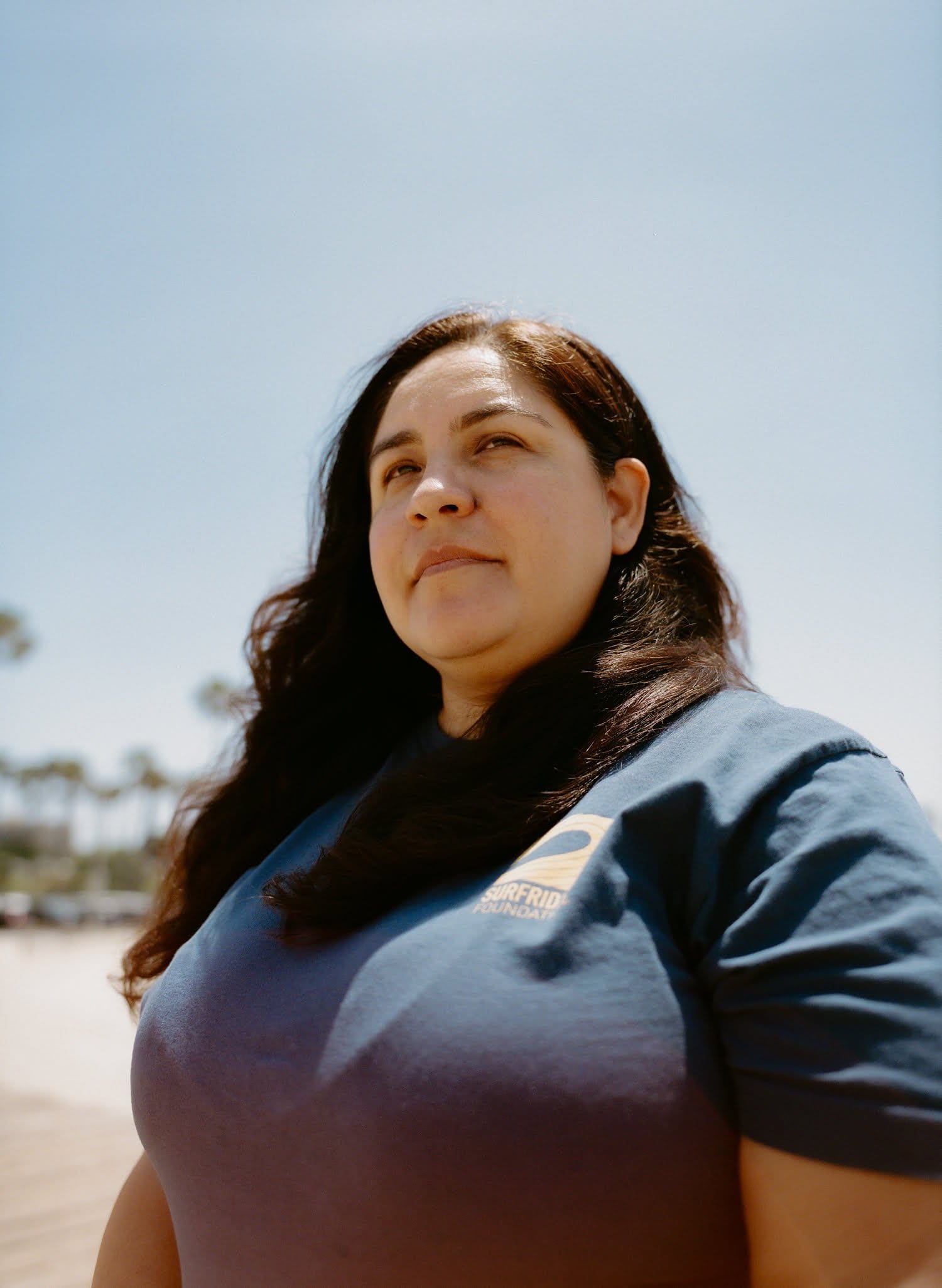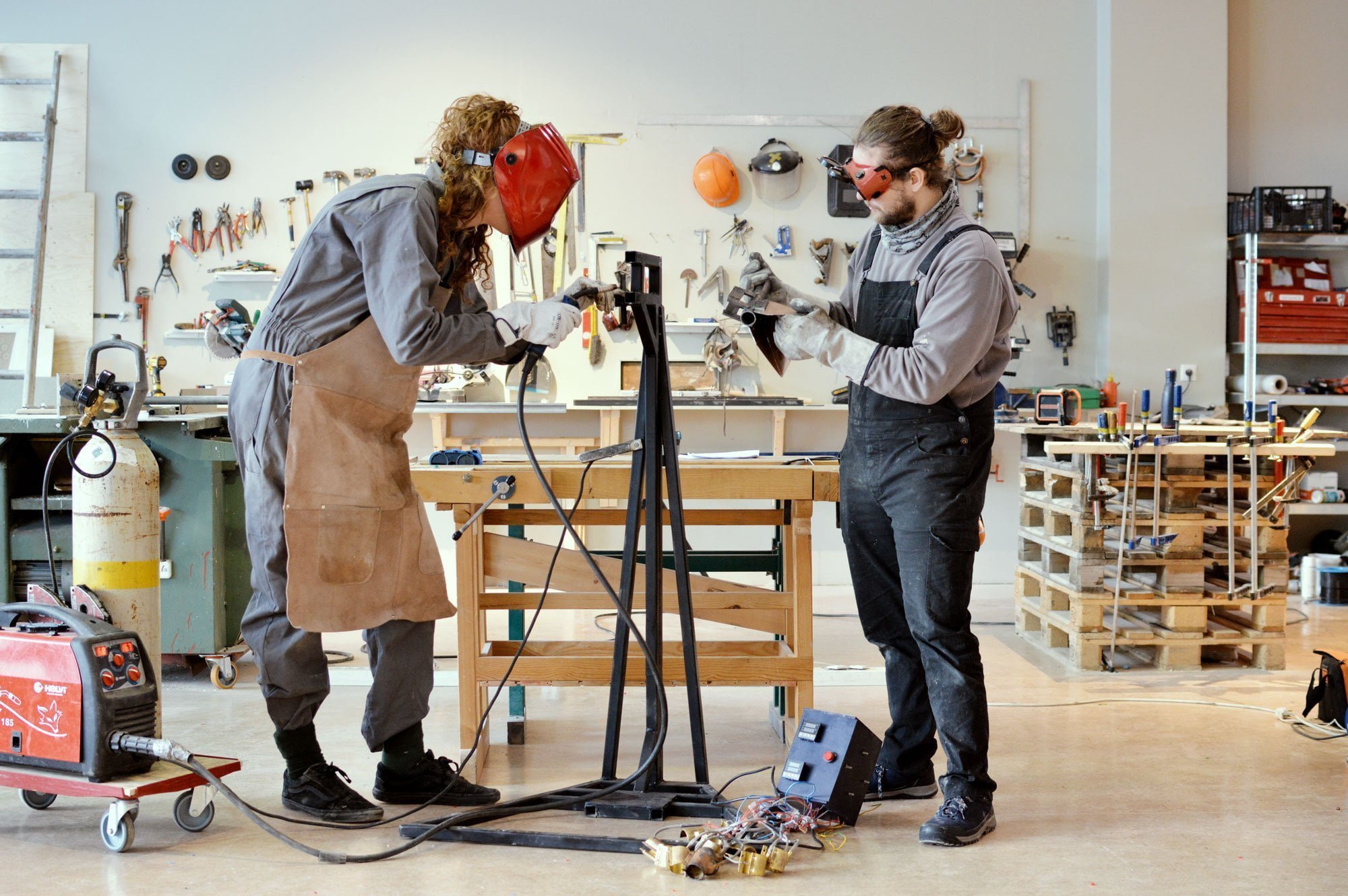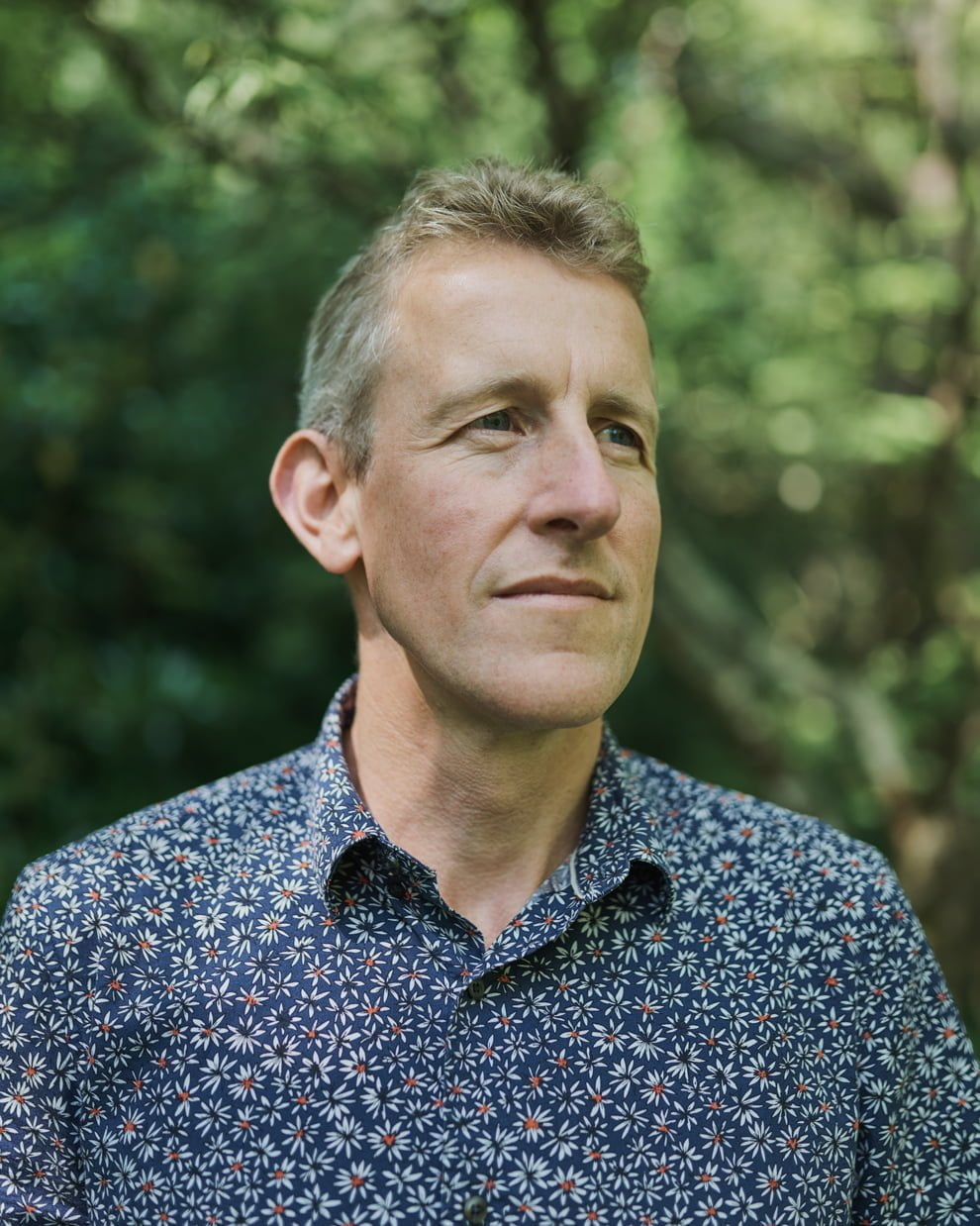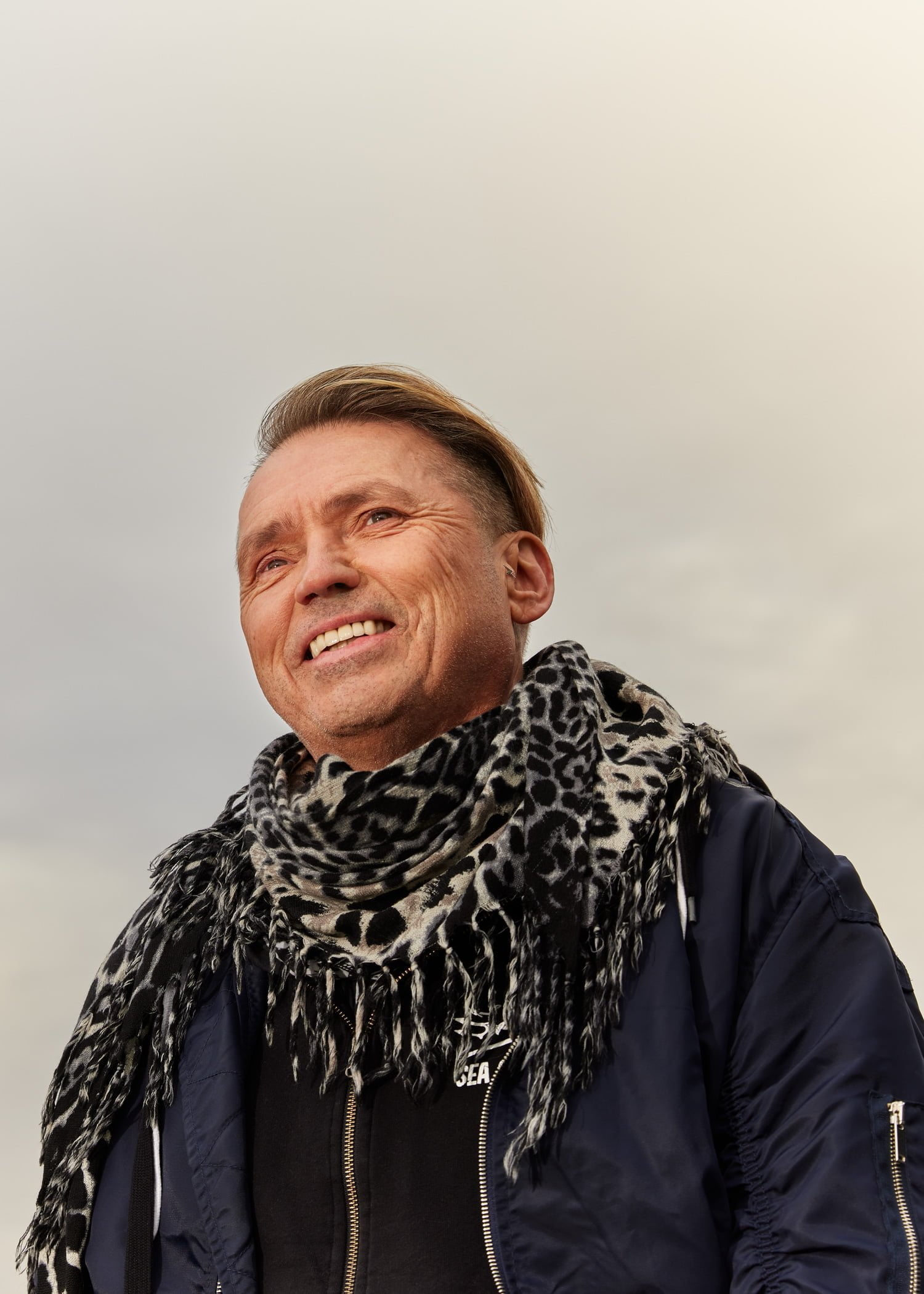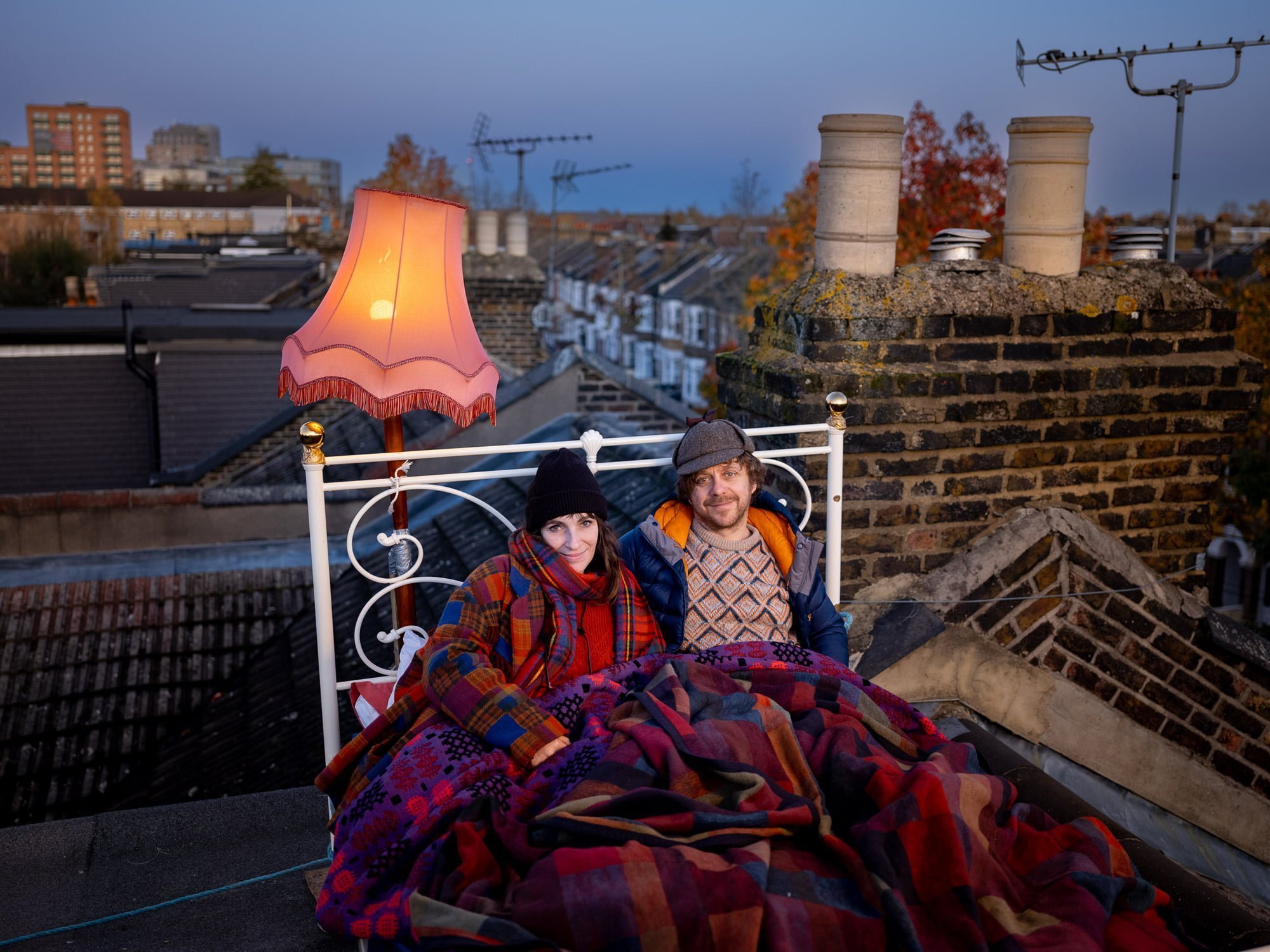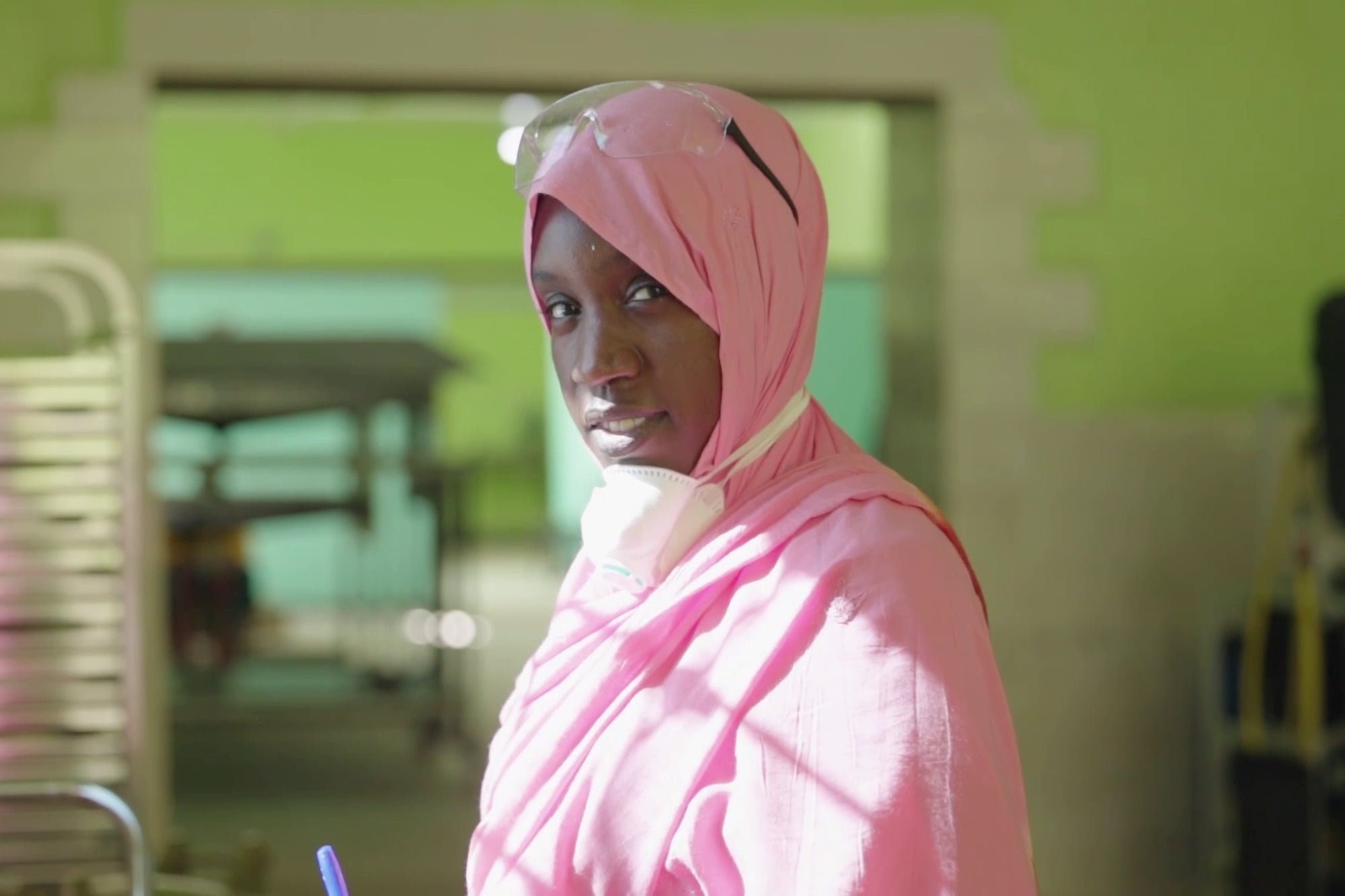In gardens across the US state of Maine, locals are discovering the joy of collecting, sharing and growing native seeds. An added benefit? These wild, native seeds have naturally evolved to support local birds, bugs and bees.
On a windless August day in the coastal town of Cape Elizabeth, Maine, a daddy long-legs crawls up a shoot of wild ginger. Honeybees bob between pots of red cardinal flower, butterfly milkweed, white bonesets and some 5,300 other seedlings neatly organised on tarps laid out beneath a cluster of oaks. A group of women are busy soaking these plants with water, organising potting materials, and raking gravel across the foundation of a new greenhouse that will soon rise up to cultivate even more sprouts from seed.
These thousands of plants represent a great diversity of species that will grow into a wide variety of shapes and colours. But they all also share one thing in common: they are native to this region of the northeastern United States. Unlike hostas, hydrangeas, and other popular varieties that have been introduced from overseas in recent centuries and marketed for their showy blooms, these more demure native species have evolved to live on Maine’s glacially sculpted lands over many thousands of years.
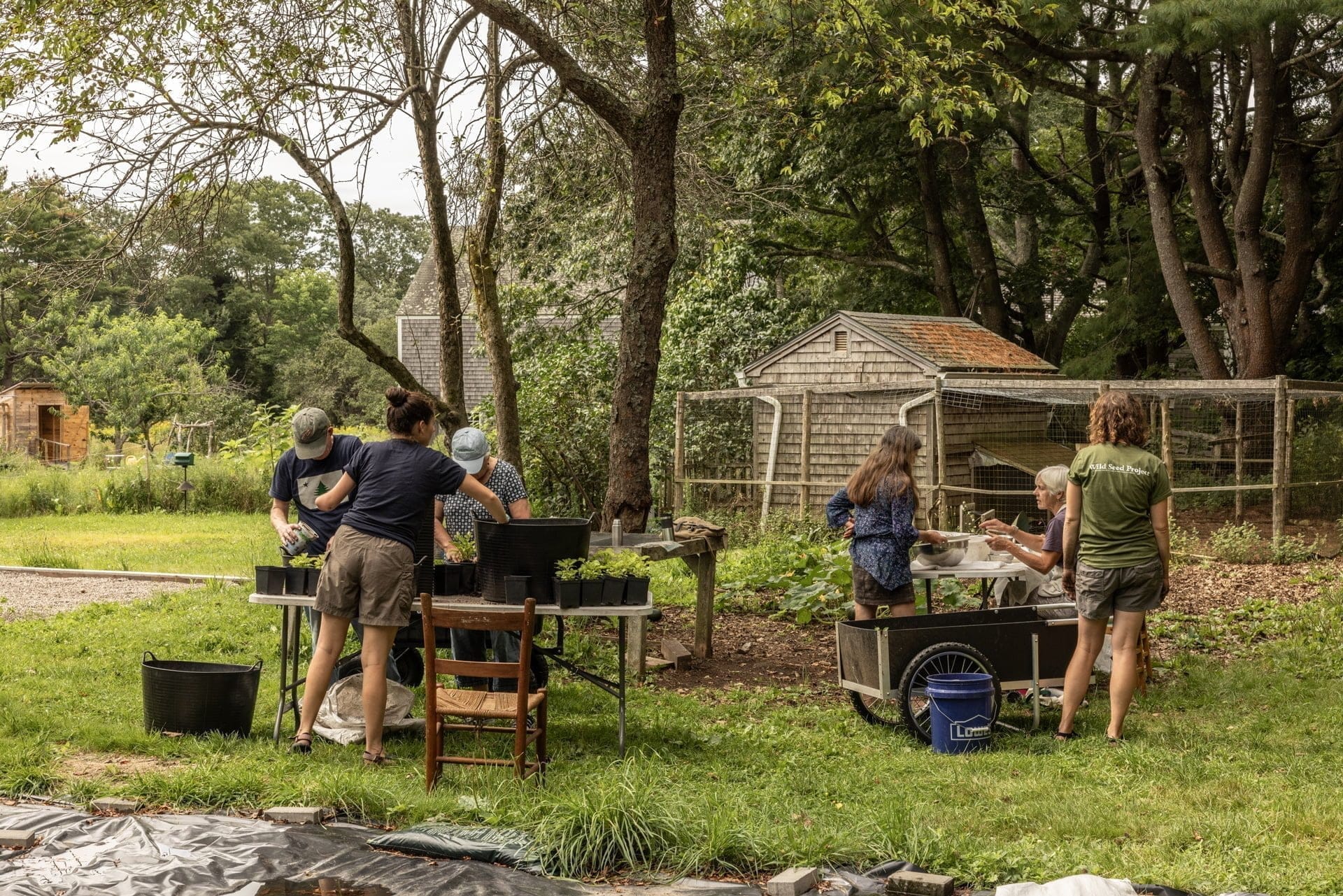
Local weather patterns and soil conditions have tweaked and honed their DNA to allow them to grow easily here, with little need for supplemental water or fertiliser. They provide richer sustenance to local pollinators than non-native plants, and are better suited to withstand environmental stressors. But despite all of their benefits – and exquisite beauty – they often aren’t easy for gardeners to get hold of as seeds or as seedlings.
Scattering seeds far and wide
The Wild Seed Project is working to change that. They are a local grassroots nonprofit organisation that is building a movement of gardeners equipped with the tools and skills they need to increase native plant growth across Maine and beyond.
“Our goal is to empower a huge number of people to collect seeds, share seeds and grow plants from seed”
Andrea Berry, Wild Seed Project’s Executive Director
Over the next few days, dozens of gardeners will flood these fields to purchase these pots of native plants and nestle them around their homes and workplaces. Once rooted in the ground, these new growths will add genetic diversity to local ecosystems, help feed countless pollinators, and produce thousands of seeds that will stimulate yet more growth – all without any of the harsh chemicals more typically found in conventional horticulture. Along the way, the gardeners who plant them will become more familiar with cultivating these species and will, perhaps, feel passionate enough about them to pass along their knowledge and seeds to other members of their communities.
“Our goal is to empower a huge number of people both across Maine and the east coast to be collecting their own seeds, sharing seeds with each other, and then growing plants from seed to populate landscapes,” says Andrea Berry, Wild Seed Project’s executive director.
What began as a team of volunteers around the kitchen table of founder Heather McCargo in 2014 has since grown into a staff of nine. Over the past decade, the group has supported the growth of some 2.5 million native plants, including more than 90 species of wildflowers, ferns, grasses and shrubs. Beyond seedlings, they distribute packets of seeds that they skillfully gather by hand from yards, fields, forests and other locations where they have received permission to do so.
As one of the very few nonprofit native seed organisations in the country, they prioritise making their materials available to anyone who might need or want them. They donate seeds and seedlings to local Indigenous communities, school groups, and nonprofit organisations, while also offering a large volume of online and in-person workshops, trainings, and educational materials to encourage individuals to take the future of the land into their own hands.

Founder Heather McCargo launched the Wild Seed Project to help anyone grow native plants, which are better for the soil, insects and entire ecoystem.
A lifelong passion
Founder Heather McCargo, who led the organisation until 2021, continues to play a central role as a member of the board. Sitting under an oak tree beyond the sea of potted plants, she shares with me how this group sprouted from an idea in her head to a powerful grassroots movement.
Growing up as a child in Pittsburgh, McCargo admired her mother’s commitment to foraging and gardening organically, decades before either were trendy. With a love of plants instilled at this young age, McCargo went on to study plant ecology in college and ecological landscape design as a graduate student before taking a job as a plant propagator at the Native Plant Trust’s Garden in the Woods in Massachusetts in her thirties. It was there that she honed her encyclopaedic knowledge of native plants, and became more aware of the exclusivity of this largely male-dominated field that catered more to professionals than the average grower. “It was very much, ‘you have to be a genius to do this,’” Heather told me under the dappled light of the oak. “But there are tons of species that anyone can be growing.”
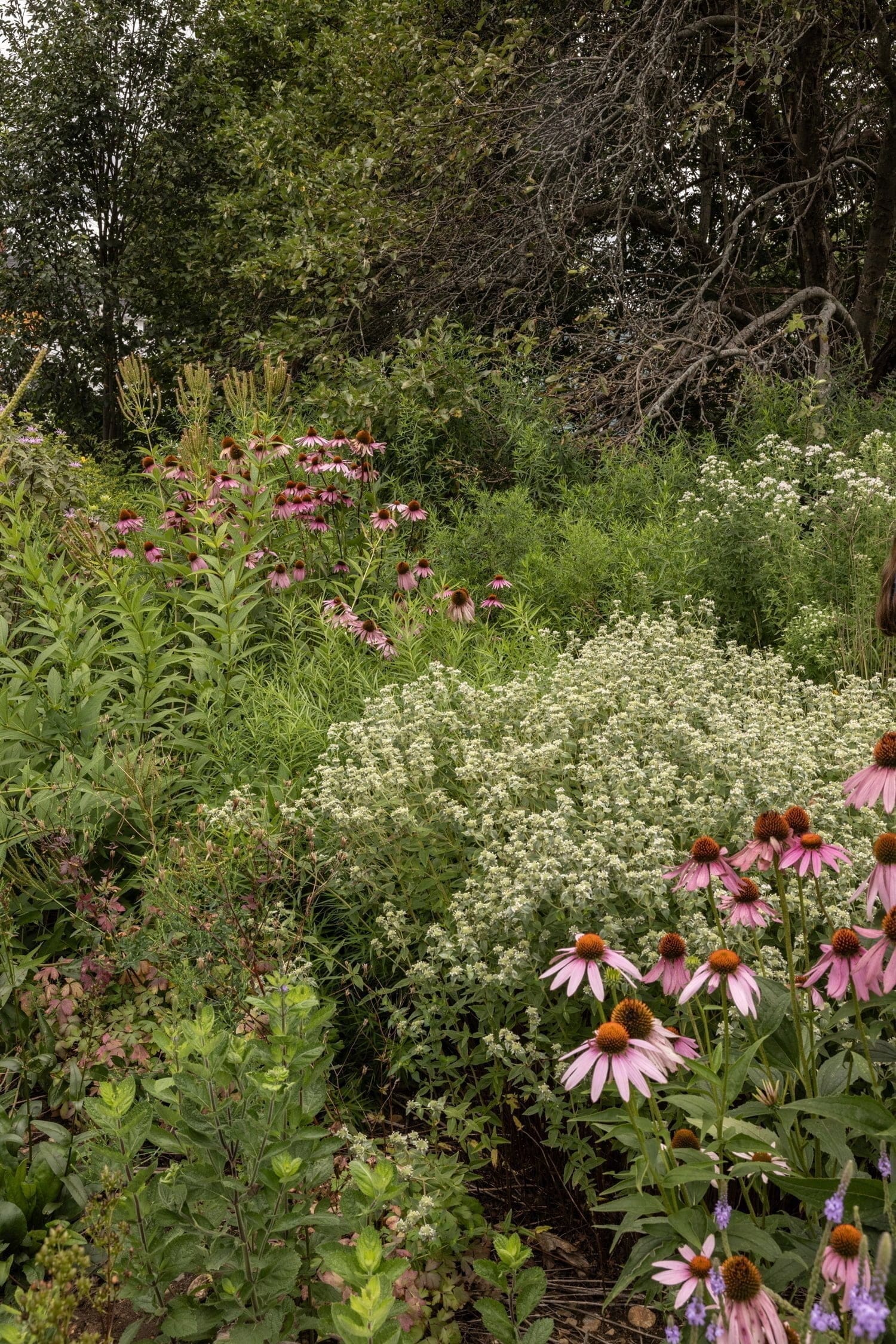
Native plants have naturally evolved over thousands of years to thrive in the local soil and climate.
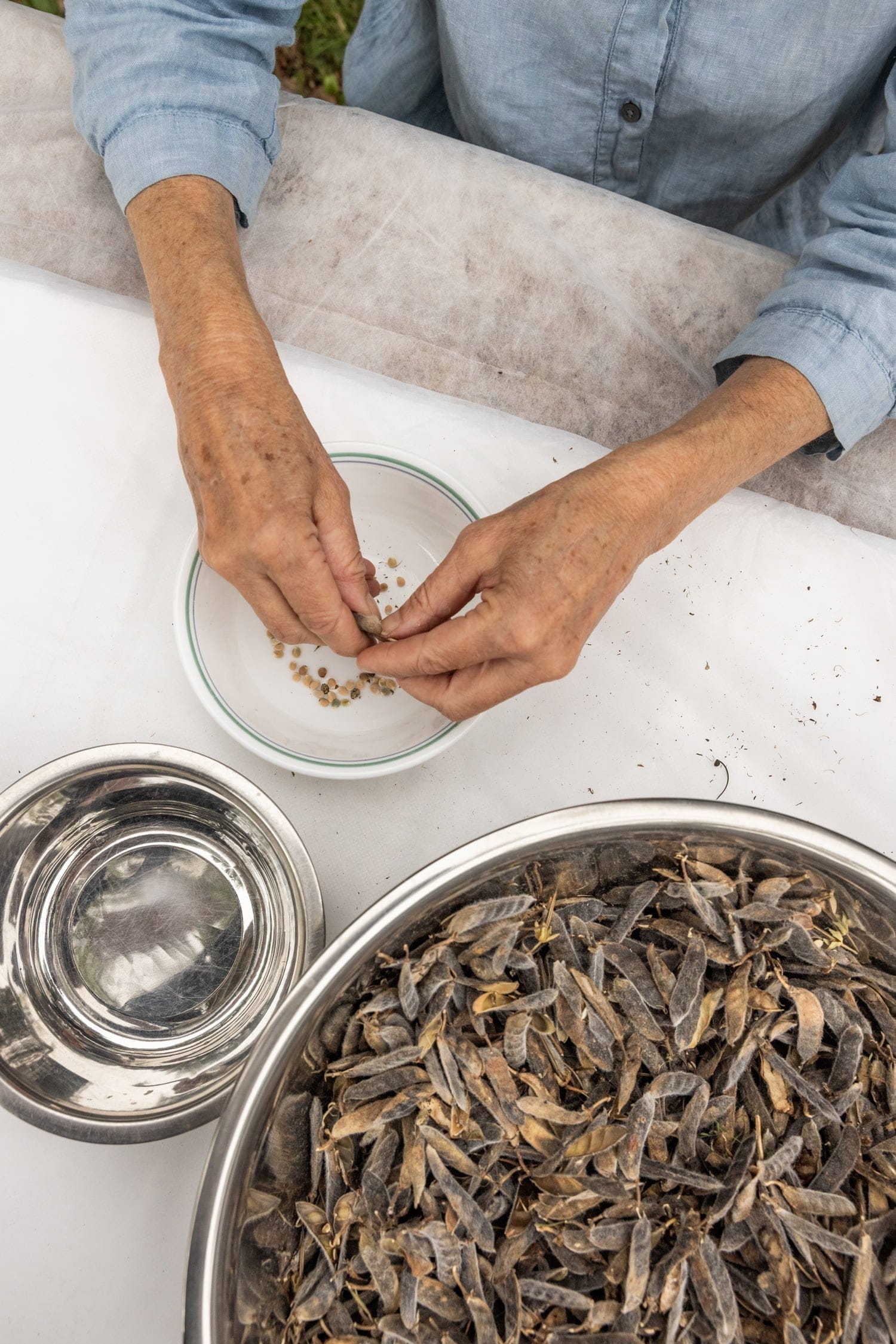
Harvesting the wild seeds is slow work, but also relaxing and rewarding.
She launched Wild Seed Project at the age of 55 to help regular gardeners become experienced native plant propagators in their own right, in hopes of getting far more of these plants out into the world. She was motivated, in part, by the mounting environmental stressors associated with climate change, and the need to increase genetic diversity in our landscapes to withstand these stressors. Whereas many conventionally grown nursery plants are propagated by cloning, and are thus genetically identical to one another, native plants propagated from seed brim with diversity. “In one pot, you’re going to have some that like hotter and drier conditions, some that are going to like a wet and funky world, some that are going to love pollution and some that are going to hate it,” Heather says. This spectrum of tolerances helps ensure that any single environmental stressor won’t wipe out an entire population of plants as the climate changes.
“If you just buy the plants, you’re never going to know how beautiful and interesting they are”
Heather McCargo
Conventionally grown plants also often contain traces of harsh chemicals like insecticides and fertilisers that can persist in soils over many years, harming the insects and microorganisms that live in and amongst roots and stems.
By collecting seeds from the natural environment, Wild Seed Project hopes to bypass these harmful chemicals and help perpetuate landscape-scale biodiversity. It’s time-consuming to gather these thousands of seeds by hand, and a task that requires the help of many committed volunteers. But it’s also a joy, McCargo says. Some seeds are tiny, others are big, some have weird smells, others have prickles, some make messes and others come out clean. “Each one is different, and if you just buy the plants, you’re never going to know how beautiful and interesting they are.”
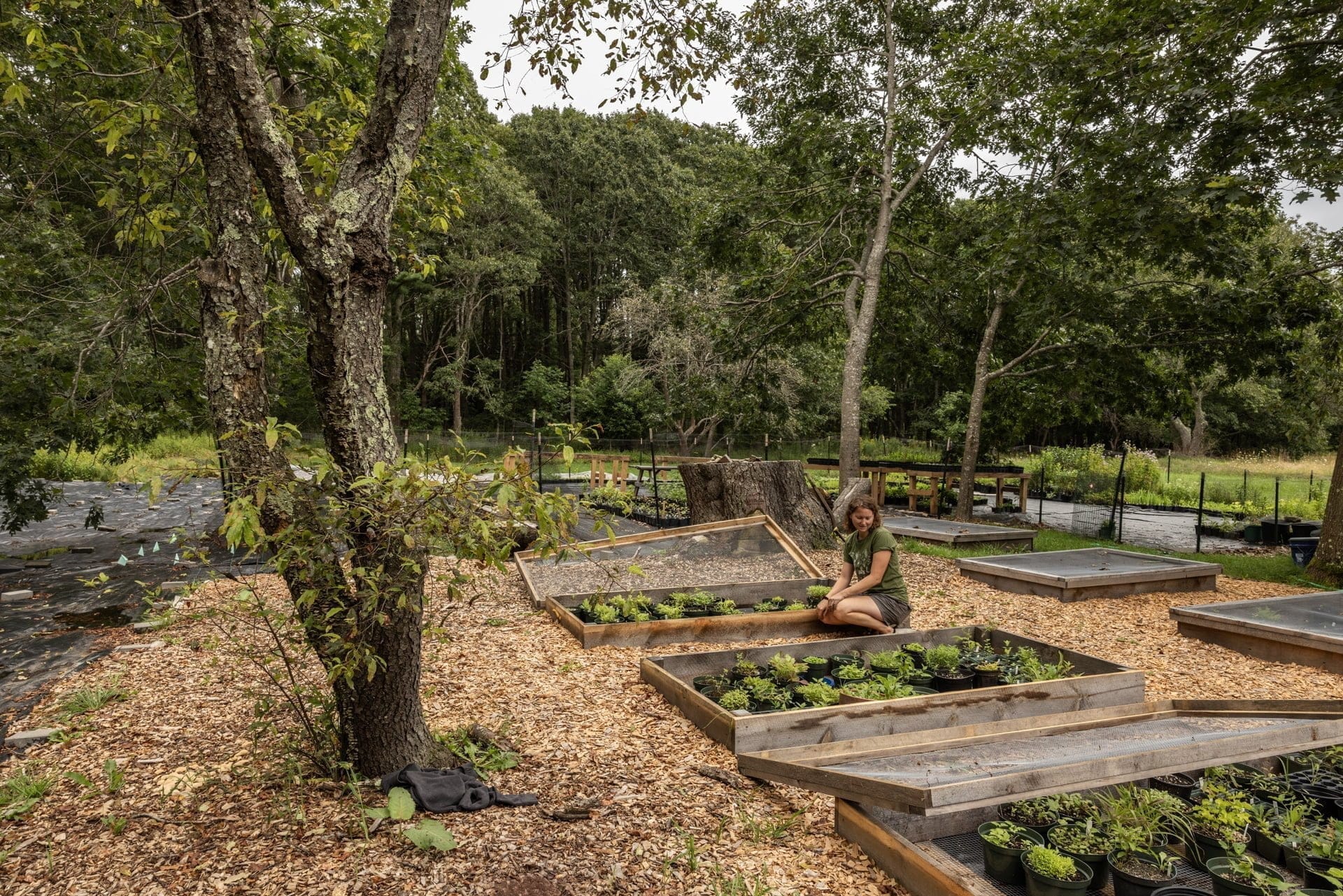
The generosity of plants
Kea Krause, who had very little experience working with native plants when she began volunteering with Wild Seed Project in 2021, has grown to love the tedious task of cleaning and organising seeds. She has spent hours sitting around Heather’s kitchen table alongside a group of other volunteers who patiently taught her how to winnow away excess plant material using simple household products like sifters and paper bags. “They make it seem pretty accessible to everyone,” she says.
Jamien Jacobs and Gregg Raymond, a local couple who have donated their own seeds to Wild Seed Project over the years, have inspired their neighbours to join in on this movement just by setting an example in their own front yard. Every inch of open space grows thick with native vegetation, and thrums with bumblebees in the height of summer. “We get a lot of comments and questions,” Jacobs says, “and people wanting to know how to do it.”
“It’s time we start learning more from plants, rather than just learning about them”
Jamien Jacobs
In their more extensive backyard garden, Jacobs and Raymond have established a lush oasis of beach plums, hazelnut trees, lupine, goldenrod and dozens of other native varieties that feed many families of nesting birds like chickadees and thrashers, along with more than 300 species of insects that have grown in numbers over the years.
“They are so generous,” Jacobs says of the plants, rubbing a black-eyed Susan flower head between her fingers and releasing its long, thin seeds into her palm. “This one plant is going to give thousands and thousands of seeds, and it doesn’t need thousands and thousands of seeds. It’s feeding a whole community.”
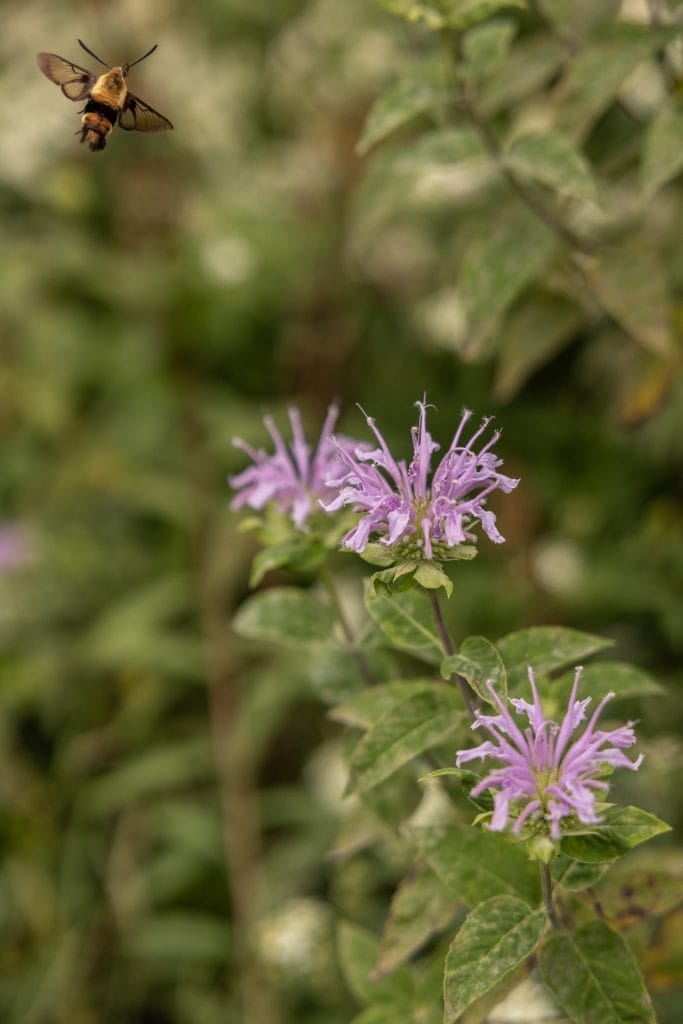
Native plants support bee and insect populations.
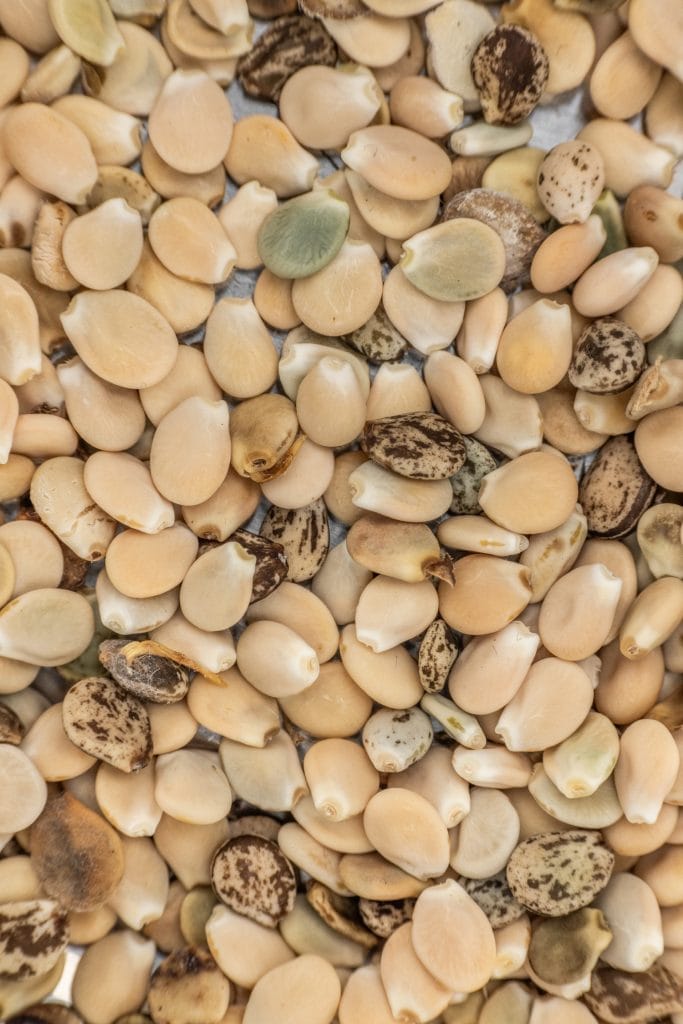
Wild, native lupine seeds.
It’s time we start learning more from plants, Jacobs says, rather than just about them. The more we can reach within ourselves and lead with the generosity of spirit that these plants embody, the better equipped we will be to build more resilient landscapes in the face of environmental change.
For McCargo, this native plant movement is all about slowing down, learning to be patient, and doing something for the benefit of those who will inhabit this land long after we’re gone.
“We all need to do that,” McCargo says, “for the next generation.”
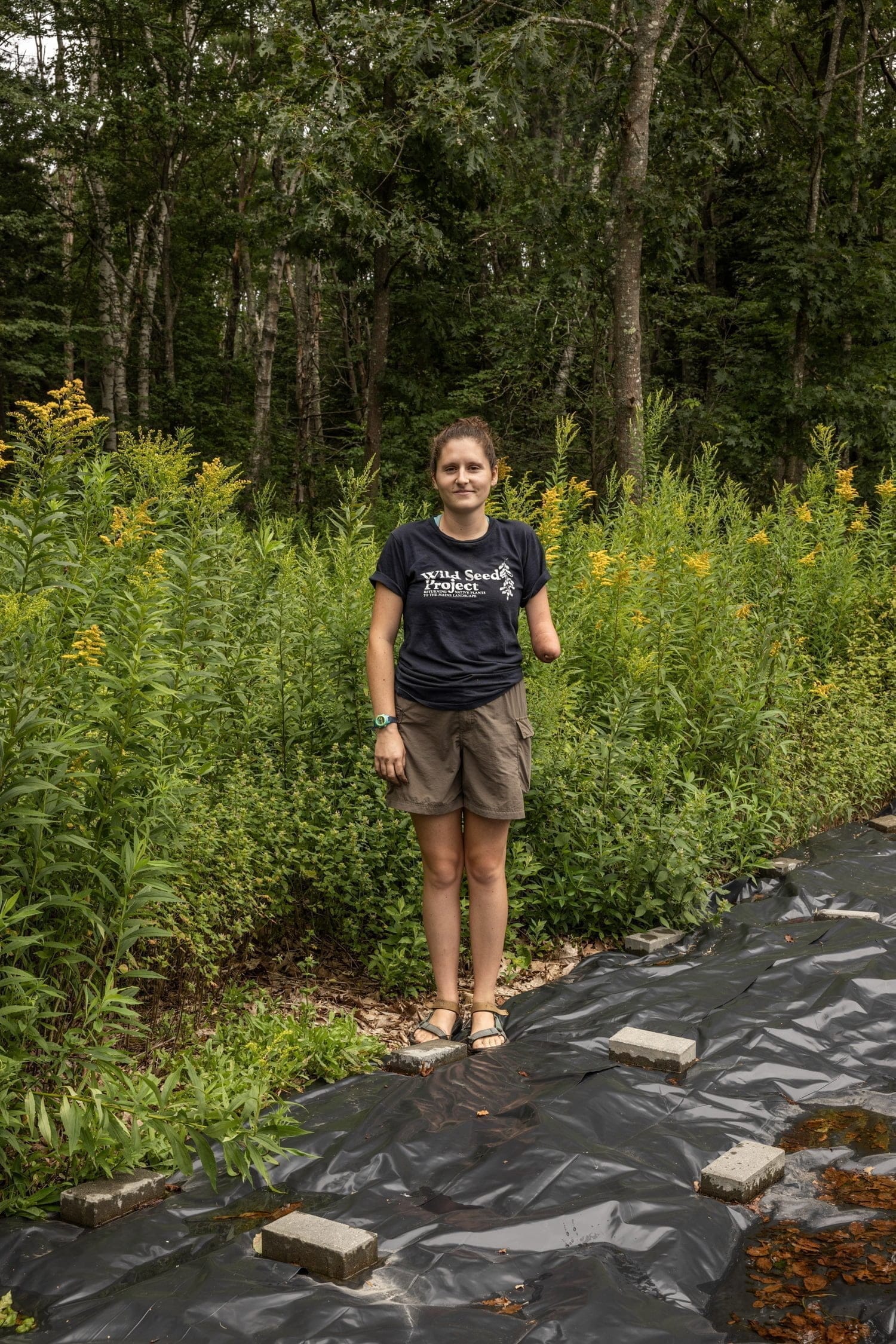
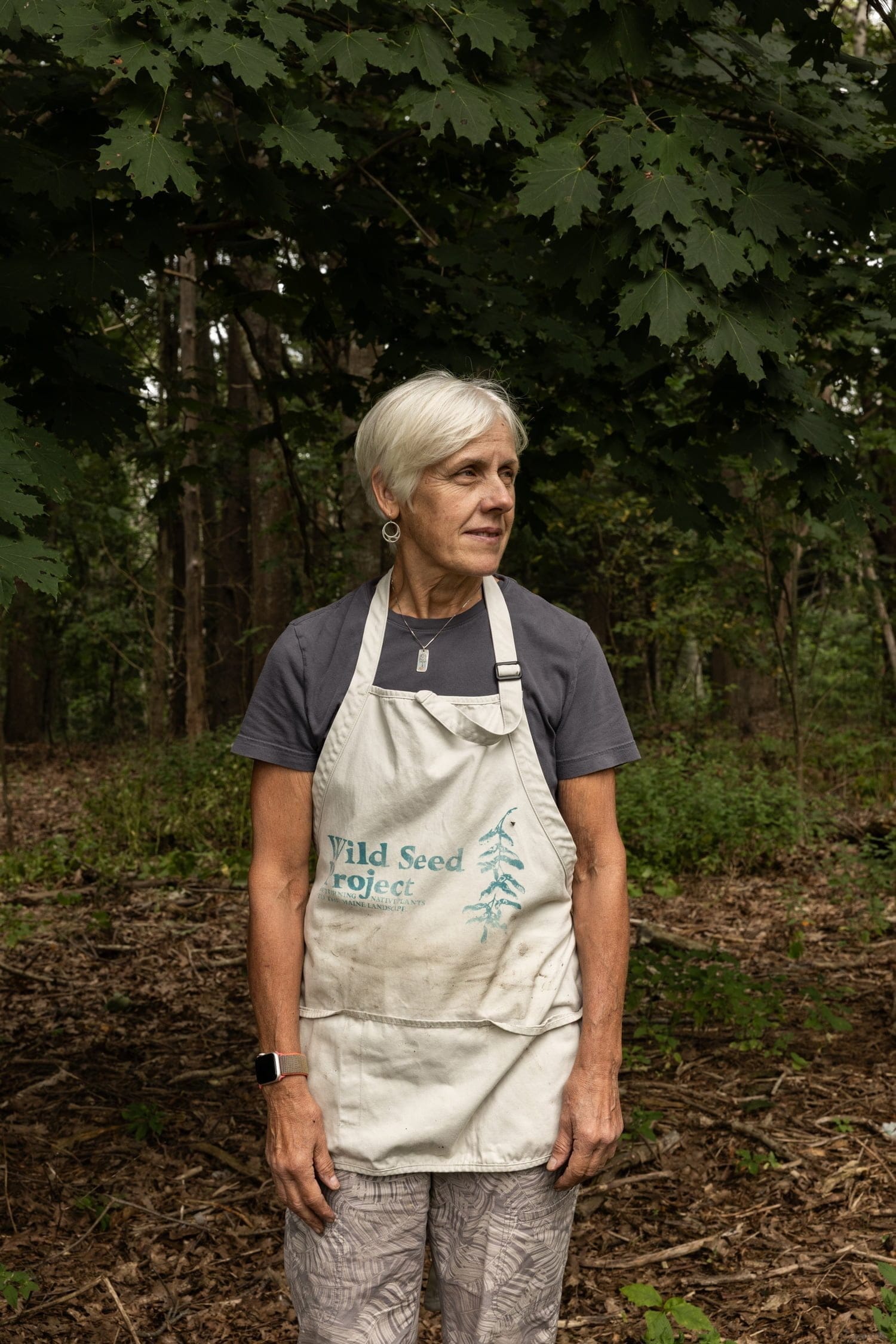
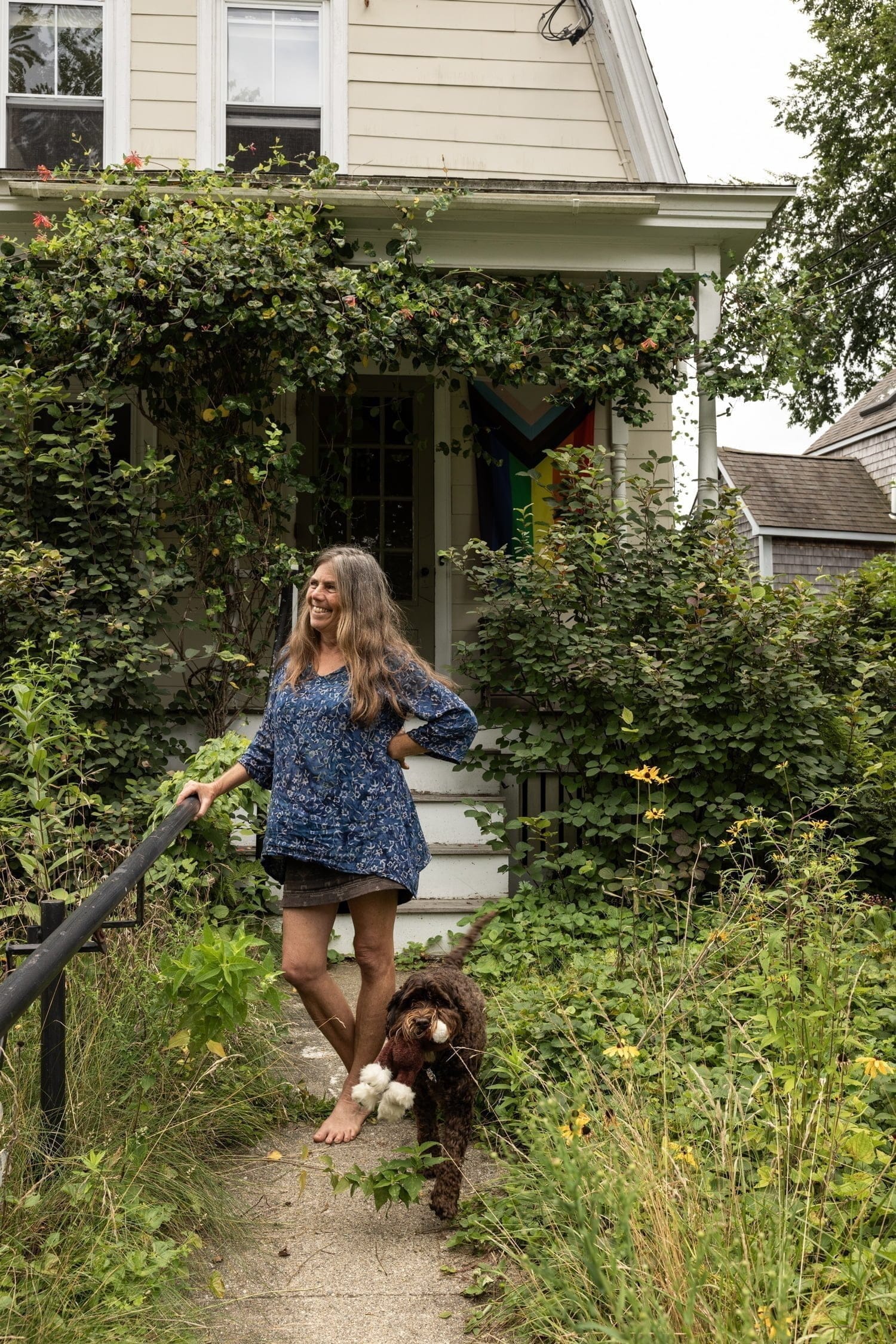
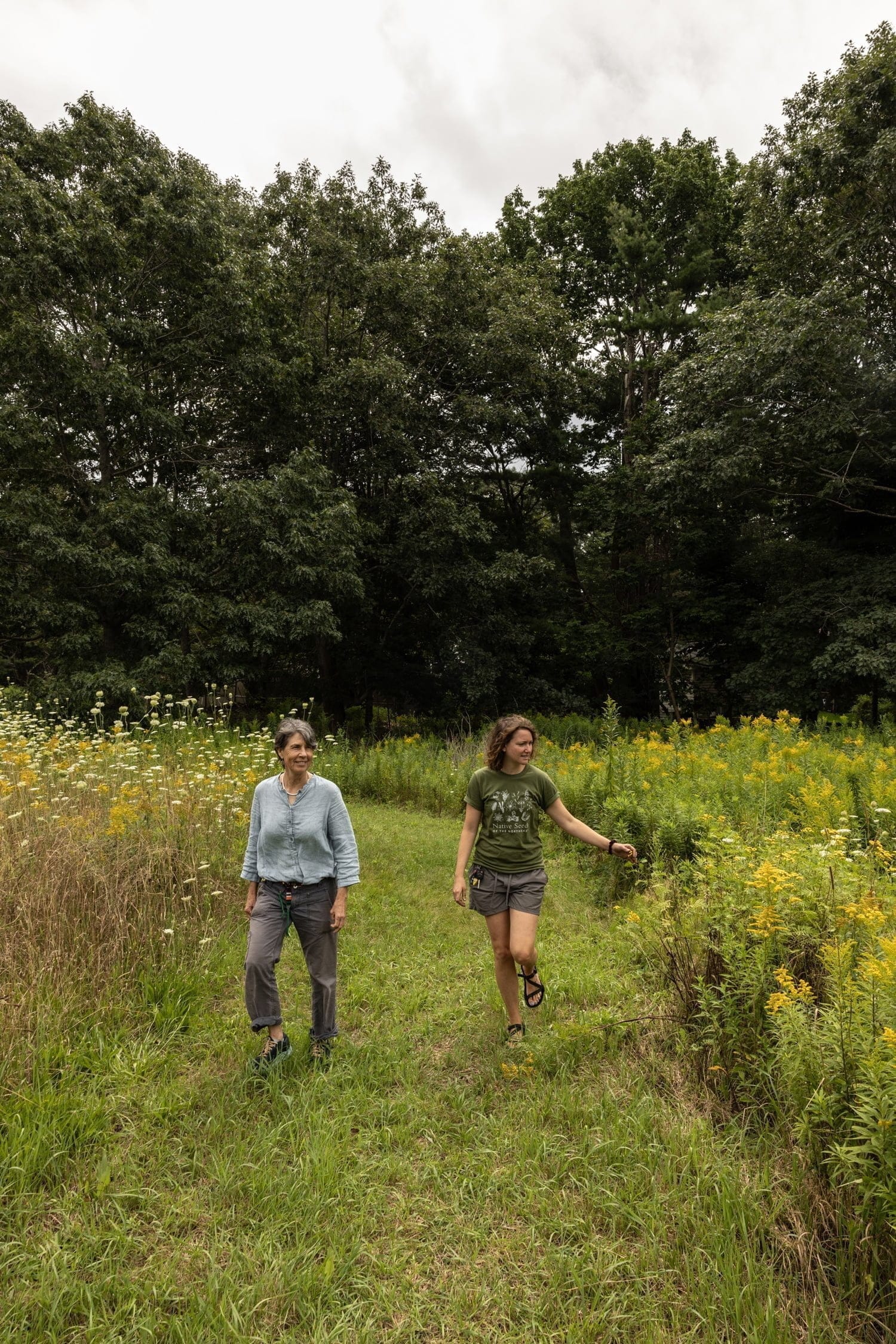




What can I do?
The Wild Seed Project offers a wealth of information on how you too can start growing native wild plants in your garden.
Find out moreAnother rich resource is the Native Plant Trust.
Find out moreGREEN FINGERS
COMMUNITY ACTION

